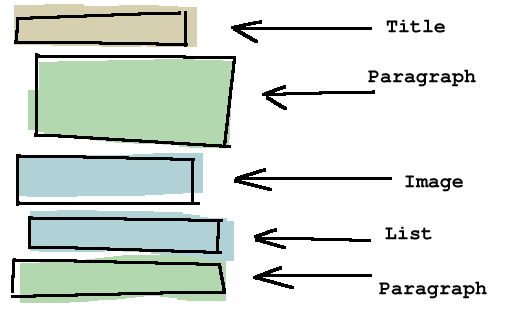What is XHTML?
XHTML (Extensible Hypertext Markup Language) is a simple language to markup the logical structure of text-based documents.

In a markup language, as opposed to some more complex programming languages, the question is not: "How do I do it?", but: "What do I want to do?".
What You See Is What You Get?
XHTML in its strict version doesn't know anything about the visual rendering of a document. This level of abstraction is a great time-saver, because you can create a single document which instantly works in a lot of different environments:
- visual browsers on the screen
- hand-helds
- text-to-speech browsers
- braille-reader
- text-based browsers
History and background
HTML was originally created by Tim Berners-Lee, now director of the World Wide Web Consortium, keepers and communicators of most internet standards. XHTML1 is a reformulation of HTML4, which was SGML-based, as XML. The changes are of a mere syntactic nature and not visible to the end-user.
XHTML1 comes in three different flavors:
- Strict: no layout information is included, the recommended way to implement pages
- Transitional: includes support for older, visual elements, which are deprecated
- Frameset: includes support for frames, sub-areas on a single site with parallel display of pages

Is there something to win by using the transitional standard? Not at all: the page will not be usable on more browsers. The page will not even transport its layout information to very old browsers.
Is there something to win by using the strict standard? A lot: the page will be usable in a lot of different environments and be highly configurable by the end-user, and highly maintainable by the developer.
